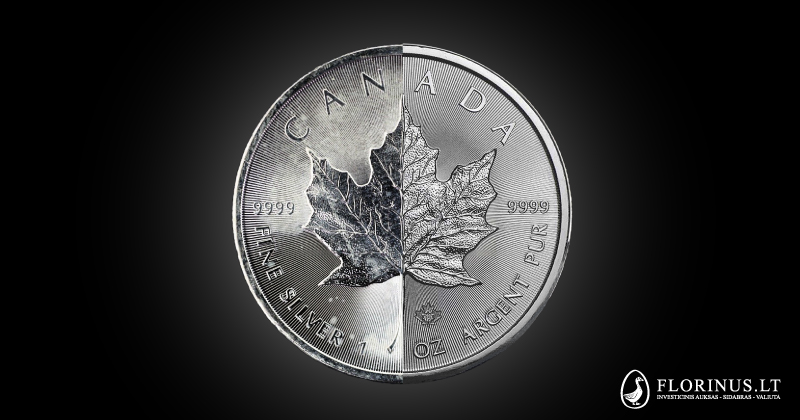
Imagine that you have bought a new and shiny silver coin. You store it in a safe and dry place, maybe even put it in a special capsule. However, after a while, you notice that the coin is covered in white and unaesthetic spots. Such a scenario is familiar to many numismatic enthusiasts, and for beginners taking the first steps in collecting and investing, such spots cause doubt and anxiety.
White spots, or the so-called milk spots is a term that causes concern among collectors. Such white spots can appear on various modern silver coins from around the world. Even after purchasing a coin in perfect condition, after a few days, weeks, months or even years, its surface may become covered with white spots.
This is where the main questions arise - what are these spots, how do they appear, can they be avoided, and most importantly - how can these spots affect the value of a coin? The answers to these and other questions can be found in this article.
Regardless of the form and type, all silver products (coins, bars, jewelry) are affected by the environment. One of the most common effects are white milky spots. Such spots look like dried stains from spilled milk, so collectors have given them the common name - milk spots. Visually, such spots are cloudy, slightly transparent. They may appear as small dots or cover most of the coin's surface. But the most important thing is that milk spots are a fairly common occurrence that can appear at any time and even on coins that are in perfect condition.
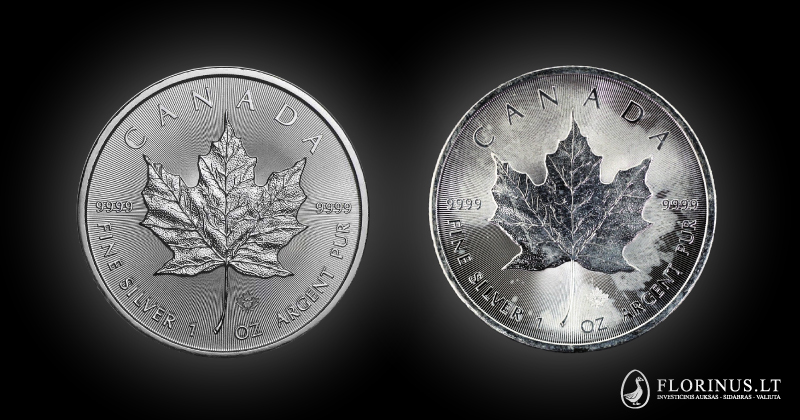
How do they appear? Various versions are being put forward. One of them is a mistake in the minting process. In order for the coin not to be fragile, annealing of the workpiece is done - this is a process of heating and cooling. Before this process, the silver blank must be cleaned and degreased with a special liquid. It is believed that at this stage not all the liquid is completely washed off and it remains on the surface before heating the coin. During the heating process, the liquid "bakes" and after some time (from several days to several years) appears.
Another theory for the appearance of milk spots is the improper storage and operation of coins. Spots may occur due to reaction with plastic, contact with bare fingers, and other unsuitable conditions. Moreover, such reactions can accelerate manufacturing errors.
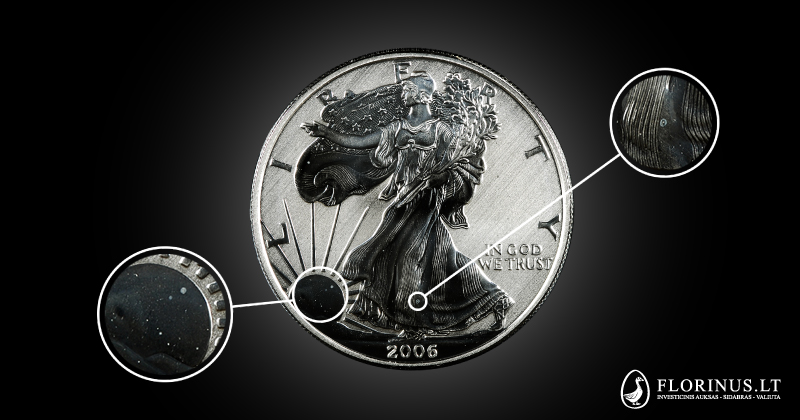
In fact, milk spots are a fairly common phenomenon that is not limited to just one theory. There is no way to know if the silver coin has been affected. Collectors are annoyed that even on a coin firmly packed in a sealed capsule, milk spots can appear without warning.
What is more, milk spots can sometimes be seen only with a magnifying glass. And while Mints acknowledge that they cannot completely avoid such damage to coins, proper storage conditions (using plastic capsules and storing coins in an inert environment) can help prevent milk spots.
This is the most important and especially exciting question for novice collectors. On this issue, we have good news - spots do not affect the value of the metal. Silver remains silver whether it is covered with white spots or not.
Another thing is the proof quality of the coin. Most collectors want to get the perfect coin, so they pay more attention to its appearance. Appearance is part of the ideal collectible coin, and milk spots can often affect its value. Some collectors are in search of flawless perfection, and milk spots may not look particularly nice. Fortunately, many investors and sellers are sympathetic to this issue and value the coin for the amount of precious metal, rather than the overall appearance.
There are several ways to remove milk spots. However, it is worth paying attention that any cleaning method is risky and can cause irreversible consequences (scratches). You must be especially careful and evaluate all possible risks.
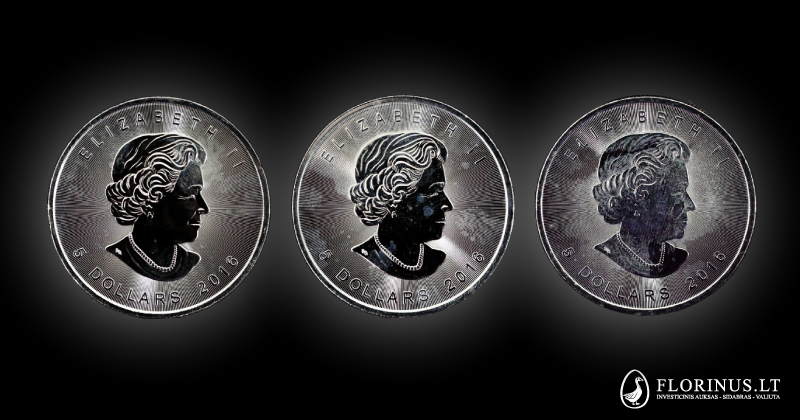
Here are a few ways to remove detected spots:
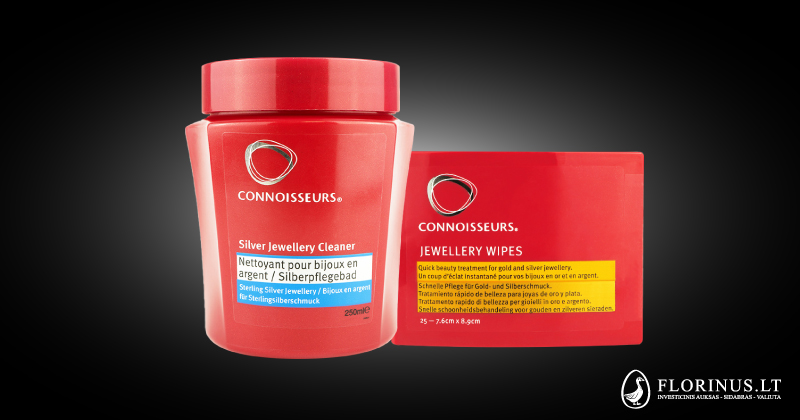
There are various ways to remove milk spots from silver coins, which give different results. The general consensus on removing milk stains remains the same - if you're not sure how to do it the right way, it is best to avoid cleaning coins yourself. In all cases, it is recommended that you contact your dealer for advice on how to properly care for a particular coin. Otherwise, you can cause irreparable damage to the coin.
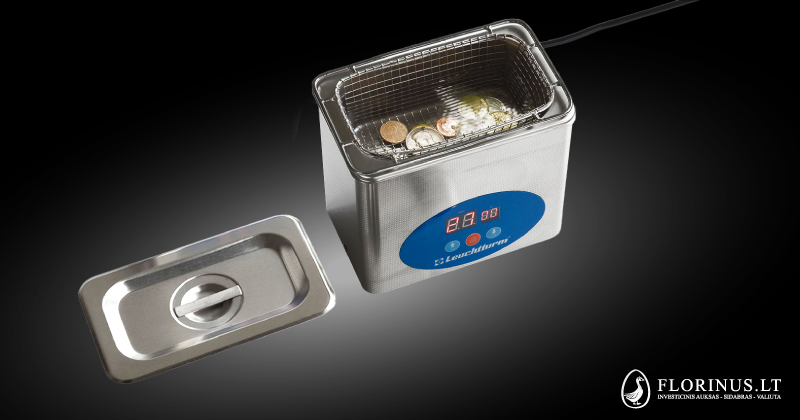
Unfortunately, there is no single way to protect your coins from milk spots. You may reduce the chances of them occurring if you use good quality capsules and practice storing coins in the right environment.
However, if the coin was not properly prepared on the production floor, white spots may still appear on it. The Mints are accepting responsibility and are trying to fix the situation.
The silver Maple Leaf was one of the coins that was characterized by the formation of white spots. The Royal Canadian Mint has invested in a major study to address and correct this issue. The Mint dealt with the problem in cooperation with the local university. The result of the cooperation work formed into the coin’s surface protection system - MINTSHIELDTM. In 2018, the beginning of the process helped to improve the production technology of the Maple Leaf silver coins and reduce the number of milk spots, which gives hope for the future.

Sooner or later all Mints will improve their quality control and the problem of milk spots will disappear. If the Mints fail to address this challenge, they risk losing ground in the relatively lucrative silver market.
Perhaps in the future, milk spots will become a unique and especially appreciated phenomenon. One day, the sellers will say: “Look at this beautifully shiny coin in perfect condition”, and the buyer will answer: “Maybe you have coins with rare milk spots?”. We cannot look into the future and see that perhaps such spots will become unique and valuable symbols in numismatics.